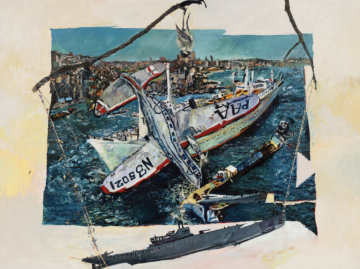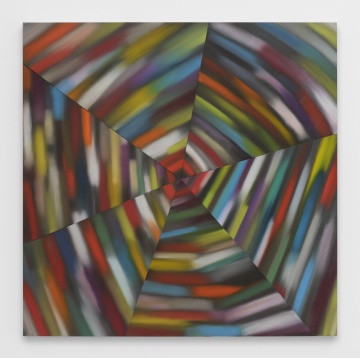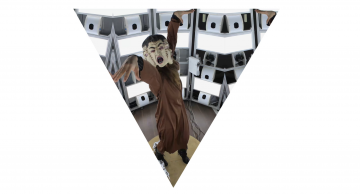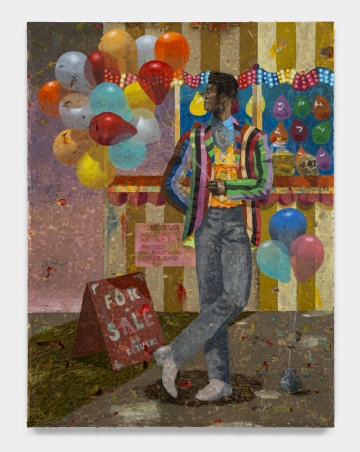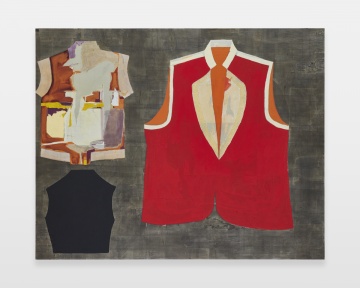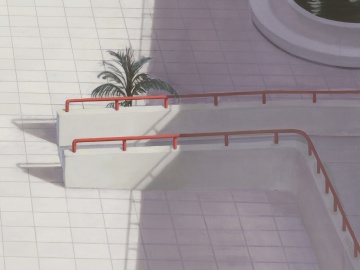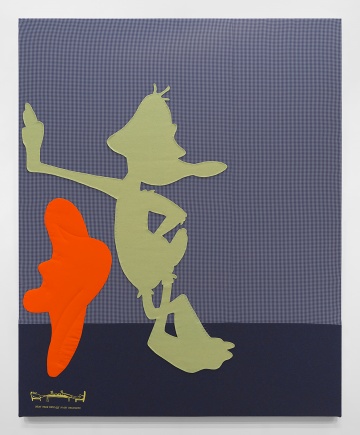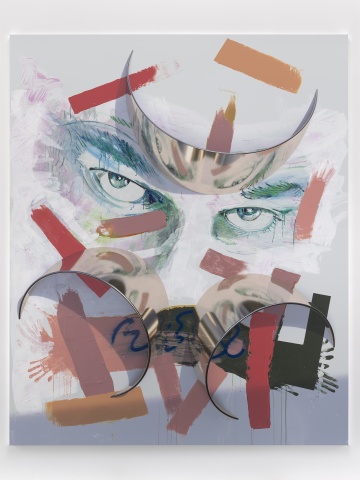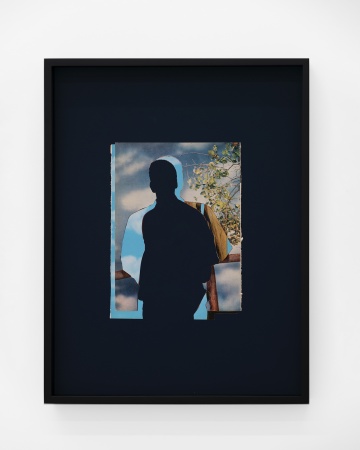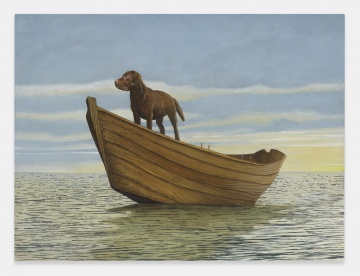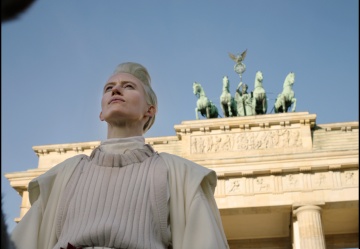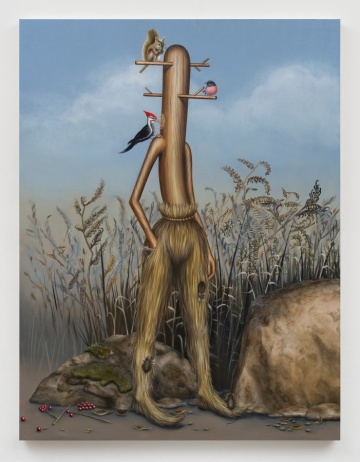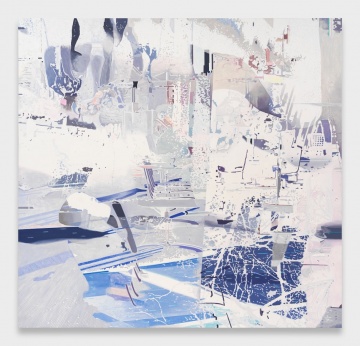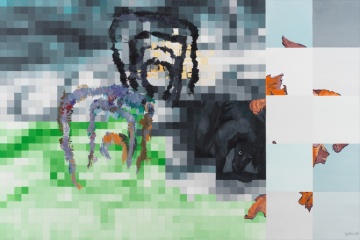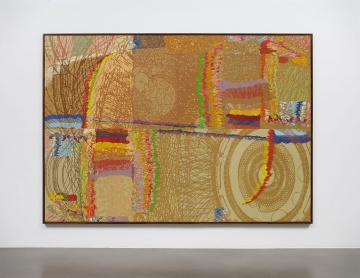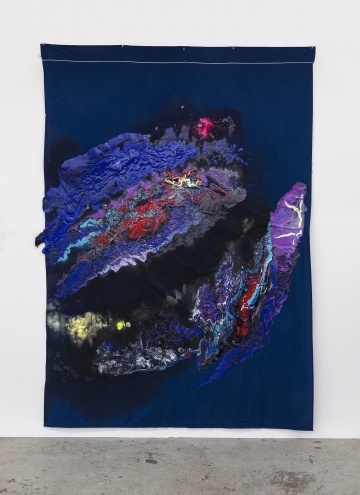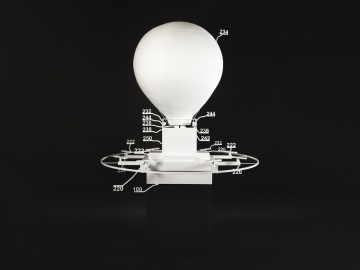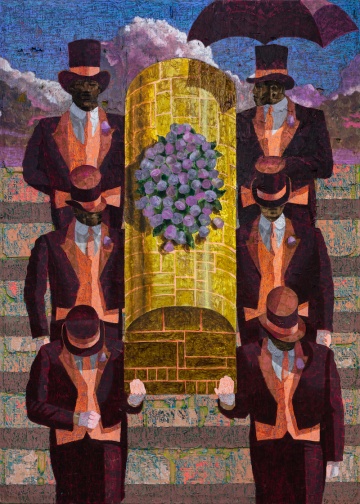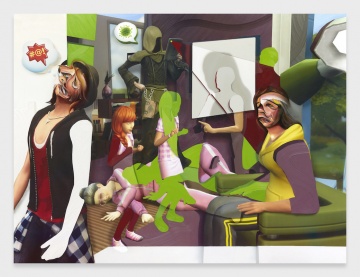Thomas Eggerer
Plaza
June 8, 2023 - July 21, 2023
We might imagine that the bright red handrails, flat white walls, and the brute emptiness or starkness of the gridded courtyard captured the artist’s attention when encountering the photograph from which Plaza A derives, tropes resonating with his long-standing fascination with the “faded modernism” of the 1970s. Here are visual markers of an architectural modality now so ubiquitous as to undermine temporal and geographical certainties, of a space so banal or ordinary that it also confounds easy understanding of its possible function or modes of occupation. The courtyard could be in Asia, the Middle East, or North America, it might have been built in the late 1970s, or five years ago. It is at once contingent and generic. If we can recognize legacies of architectural gestures at work—like Hans Hollein’s Media Lines for the 1972 Munich Olympics, colorful railings later coursing through James Stirling’s Neue Staatsgalerie Stuttgart of 1984 to become familiar handrails within a commercial vernacular—any shift in register is not cast as a devolution, but mobilized for aesthetic tension. Yet one thing seems clear, at least initially: if Plaza seems haunted by histories of social and collective formations, we are looking into a private enclave, at a private space masquerading as a public one, as suggested in the unstable constellation of awkward ramps, flamingo pink awnings, surveillance cameras, potted plants, trash bags, uniformed staff, and fountains. But lament at the forlorn appearance of this “plaza” is not the artist’s game, the paintings don’t judge in this sense. Rather the site’s ordinariness functions as a gambit through which radical ambiguities and thus potentials come to the fore, uncertainties of use and of disposition that are amplified by Eggerer’s formal gestures and careful visual recalibration as the photograph (found online) is expanded and transposed into a massive painting, Plaza A, and its haunting, darker doppelganger, Plaza B, the latter a more self-contained twin that amplifies the unsettling nature of the first, while harboring its own uncanny qualities.
Eggerer spoke of Plaza as performing an “economy of withdrawal,” and indeed the experience of encountering the paintings might be best characterized as an initial, intellectual recognition of what the paintings depict and reprise—an ordinary courtyard, whose emptiness foregrounds a vast grid, and with it flatness and other modernist conceits—followed by an irreconcilable perceptual undoing or dissolution of spatial and temporal logics. Its irresolvable formal components keep your eyes moving, exposing the viewer to a tense battle with an impossible perspective that incites a type of visual scanning, only to be thrown off balance, again and again, as any markers of certainty withdraw. Plaza, that is, invites and repulses, launching a one-two punch, packed at once with cognitive failure and a visceral disorientation that together call for an open-ness to rethinking what the space might harbor, despite or possibly on account of its banality and refusal to declare a use, its lack of instructions. The functional indeterminacy of the courtyard and its grid channels, in the first instance, a flexible character designed to serve economic goals not social ones, pointing to its affiliations with capital’s privatizing, globalizing mandates. Eggerer does not celebrate this privatization, but mines its inherent vulnerabilities: for such spaces remain open to constant reinvention, to refusal, to what he situates as a mode of queering. The paintings do not offer answers to these difficult tensions they craft, but situate the viewer firmly in their grasp, reminding us that such environments seek to condition our bodies and psyches, but cannot entirely do so.
“It is not possible to stand up in this space,” the artist suggested in a recent conversation. And, indeed, to reiterate, the paintings do not resolve into an inhabitable space, or a knowable time; they do not seek veracity but a calculated avoidance of it. The plaza is tilted to be vertical, reminding us to attend to its operations within the picture plane. The shadows, which serve to hold the right edge of the painting, to give it form, are not accurate according to the dictates of sun angles. Unnecessary details are edited out, reminding us again of the many modes of withdrawal at work, of the paintings’ manner of stepping back not only from techniques like the grid and perspective but from a real world out there, of its abstraction. And yet the fountains perform as if according to the laws of gravity; they appear to be caught in an endless loop of propelling water up and capturing it as it falls, offering an allegory of the temporal tautology at work. The beautiful congregation of garbage bags, which Eggerer so cogently likens to Rodin’s The Burghers of Calais, also play on gravity, as it might operate within the space of painting: they are neither standing nor lying down, he suggests, they occupy and hold a liminal space between the picture and world beyond, challenging the emptiness, exposure, and abstraction of the grid. Moreover, in their filling, tying, and placing, they point to the presence of labor, of practices of maintenance proper to the rules of a space occupied by something like a collective: something has taken place here. A toppled potted plant serves as another ambiguous referent either to neglect or to a buoyant activation of the courtyard—a party, fight, flash mob, or skateboarding perhaps. Plaza B pretends to be more obedient: trash cans are available, figures are grafted into the picture, a plant is upright. Yet it remains unclear whether this painting comes prior to or after its lighter twin. The walls are yellow, the handrails turned to orange, the canopies strangely more mauve, but there is no indication of whether such shifts are merely nocturnal lighting effects or markers of the passing of a longer duration like years or decades. If the paintings refuse narrativity, or something like a telos or timeline, and if the location and function of Plaza remains uncertain, the elements occupying the plaza indicate that things can happen within such faded modernisms, that lives are lived, that things take place, wherever and whenever they might be. While not declared as such, and harboring no instruction or answers regarding function or how to perform as an actor in the world, Plaza reminds us that we are not simply governed by private enterprises that seek to colonize so many aspects of our subjectivity and of our social lives, that uncertainties and ambivalences can be taken as preconditions for unscripted social interactions to emerge, as invitations to reinvention, even to collective forms of refusal. It would be hubris to reduce Plaza to a cynical image of social or aesthetic degradation. Life takes place in such spaces all the time, their potentials shimmer between the visible and in the invisible in the manner of subcultural codes. Despite the architecture, that is, anything could happen in Plaza, or nothing.
—Felicity D Scott
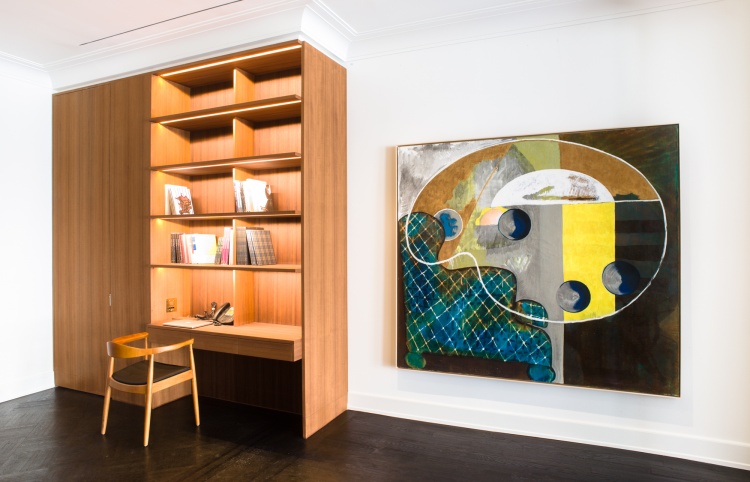
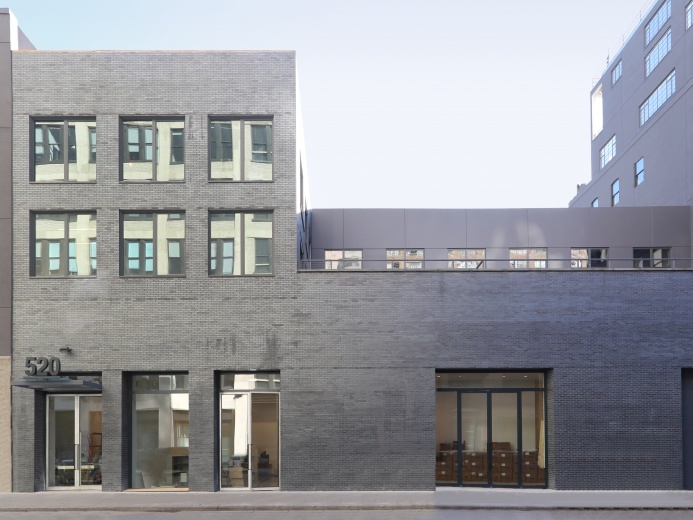
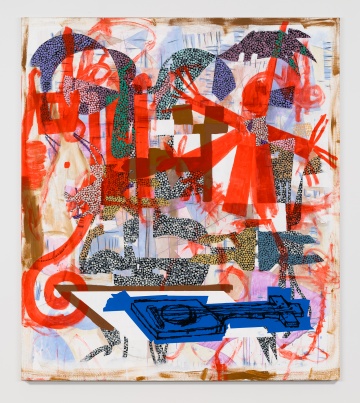

 Back to all Member Galleries
Back to all Member Galleries

